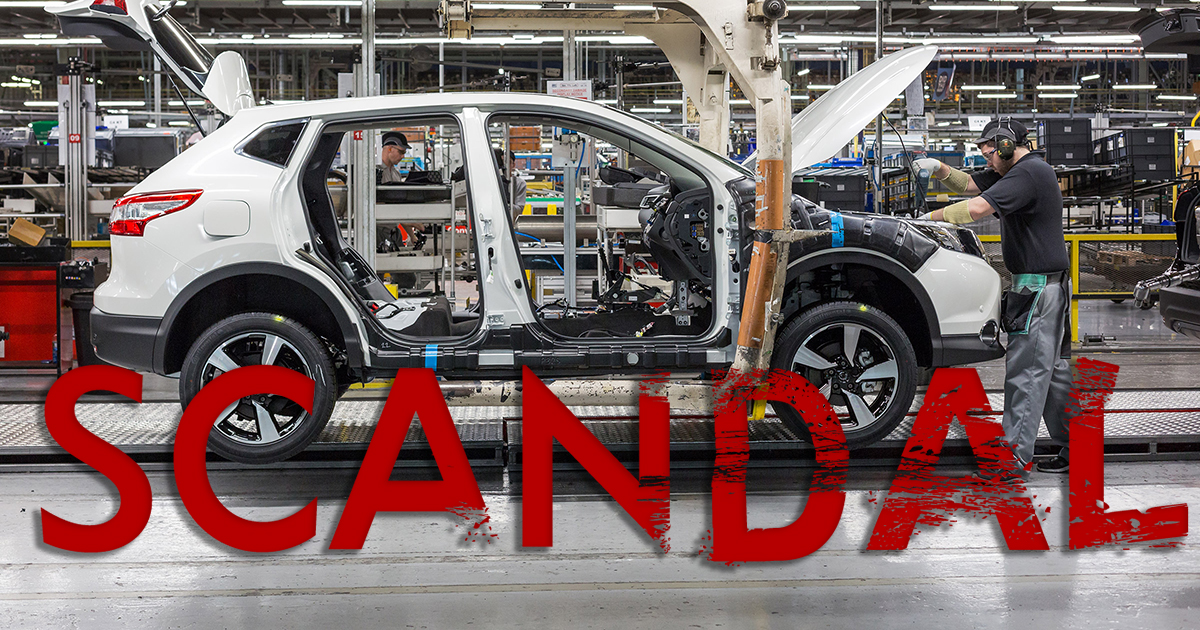How To Check Your Tire Pressure
One of the best, and easiest, ways of maintaining a vehicle is through tire maintenance. Proper tire size, tread wear and type all contribute to fuel efficiency and safety on the road. So does correct tire pressure, and varies between vehicle size and types. Checking tire pressure should be a regular part of car maintenance and is one of the easiest things to do as a car owner. You will just need a simple tool, your owner’s manual and the following tips and steps to ensure your tires maintain their ultimate performance.
10. Causes of Air Pressure Loss
A number of things can cause loss of air from tires and it is important to regularly check each tire. Air loss, and the potential for a resulting blowout, can occur from driving over potholes, a rip or tear, a small puncture with a slow leak and packing a heavy load, as well as changes in the weather. According to the law office of Michael Pines, “When a tire blows out, in just a quarter-second’s time, your car goes from an easy ride to a deadly struggle to remain control and avoid an auto accident.”
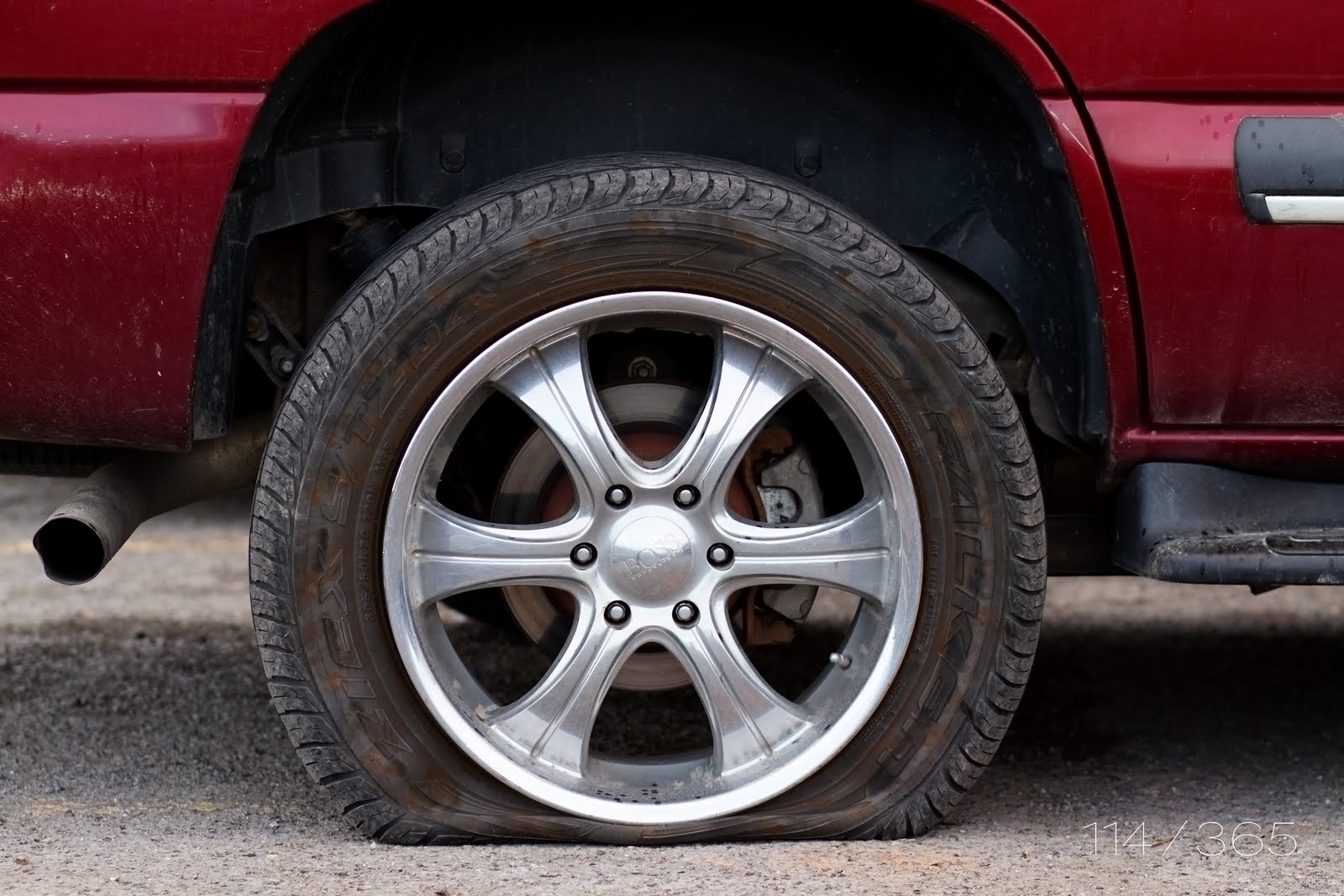
9. Change of Seasons
Tire pressure should also be checked seasonally. If you notice how your air pressure increases in the summer, it is because the heat has an impact. The same will happen if your car is sitting with one side facing the direct sunlight while the other side is in the shade. It is a good thing to check and adjust pressure accordingly if that is the case. Driving with unequal tire pressure can cause hazards. Cold weather, on the other had, reduces air pressure.
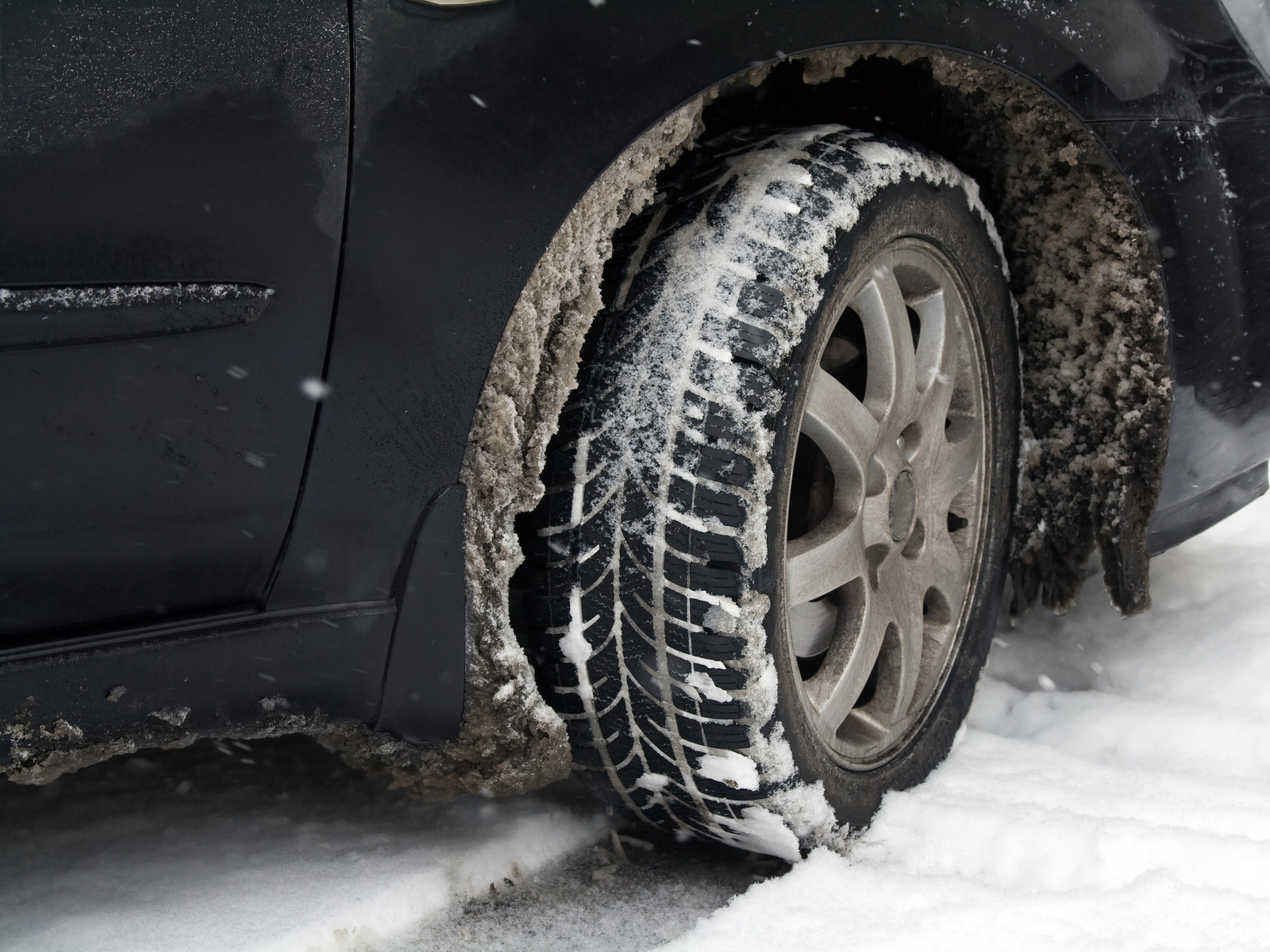
8. Carrying Extra Weight?
It is recommended to add a bit of additional air, a few extra PSI’s, in the back tires if your vehicle is weighted down with a significant amount of cargo or equipment. During long distance driving, this could impact driving and the added air will help optimize handling, safety and tire wear from the heavy load. Make sure to release the air pressure back to its recommended amount when the extra load is removed.

7. How To Inflate Tires
To start, look for the valve stem on the outside of the tire and hubcap and remove the cap. For a manual gauge, put it on the opening at the correct angle so it fits tight and press down. The reading will be produced as it is engaged. A digital gauge may have a button to push to start the reading. If the reading is below your manufacturer’s recommended amount, it is time to add some air. Add it incrementally and check in between to make sure they do not get over-inflated. All four tires should be driven with the equal amount of air.
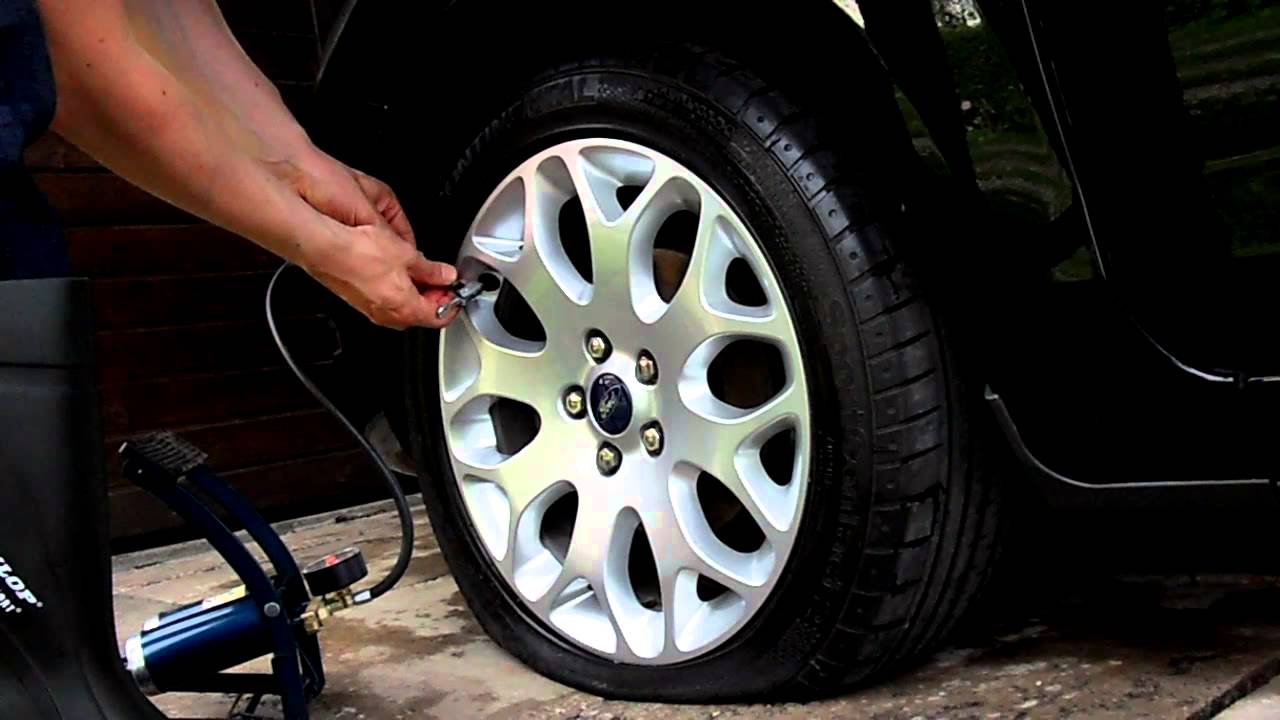
6. Check Tires Regularly
The best thing to do is make inspecting your tires a routine. The best time to check is when you put gas in the tank since it will become a habit. If you are travelling between noticeable temperature changes, you will likely notice a difference in air pressure, so it is recommended to take measurements at every ten degree drop or rise in temperature to reduce any chance of blowouts. Another general rule of thumb is to measure every week to two weeks.
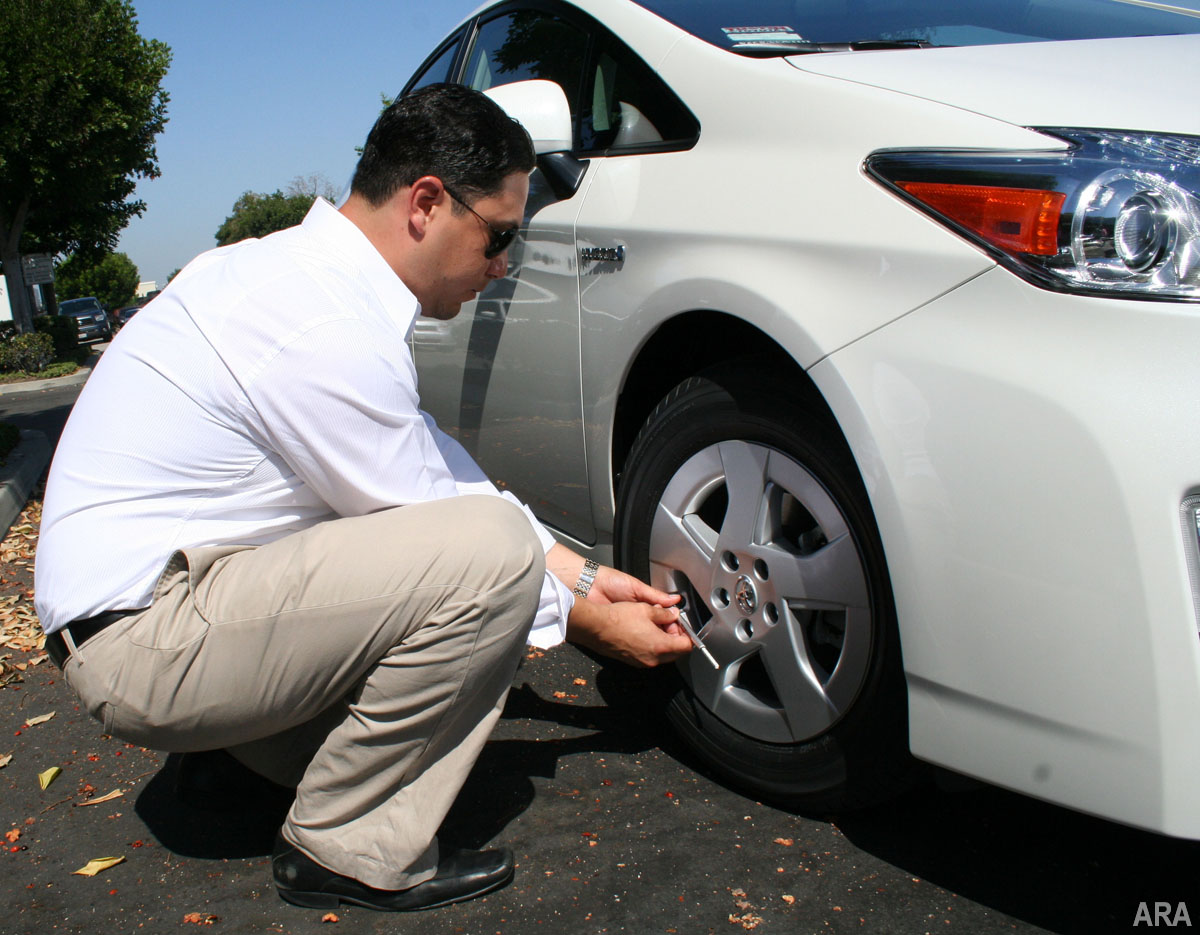
5. The Tools
The first thing you need is a tire gauge. The typical pencil-type can be purchased inexpensively at any general store, but are not the best quality and can produce inaccurate readings. Experts recommend using an analogue, dial, or digital gauge. If you do not have a pump or compressor, most gas stations have a self-serve hose available. You can also bring your vehicle to an auto or tire service center for a professional to handle and many provide free checks.
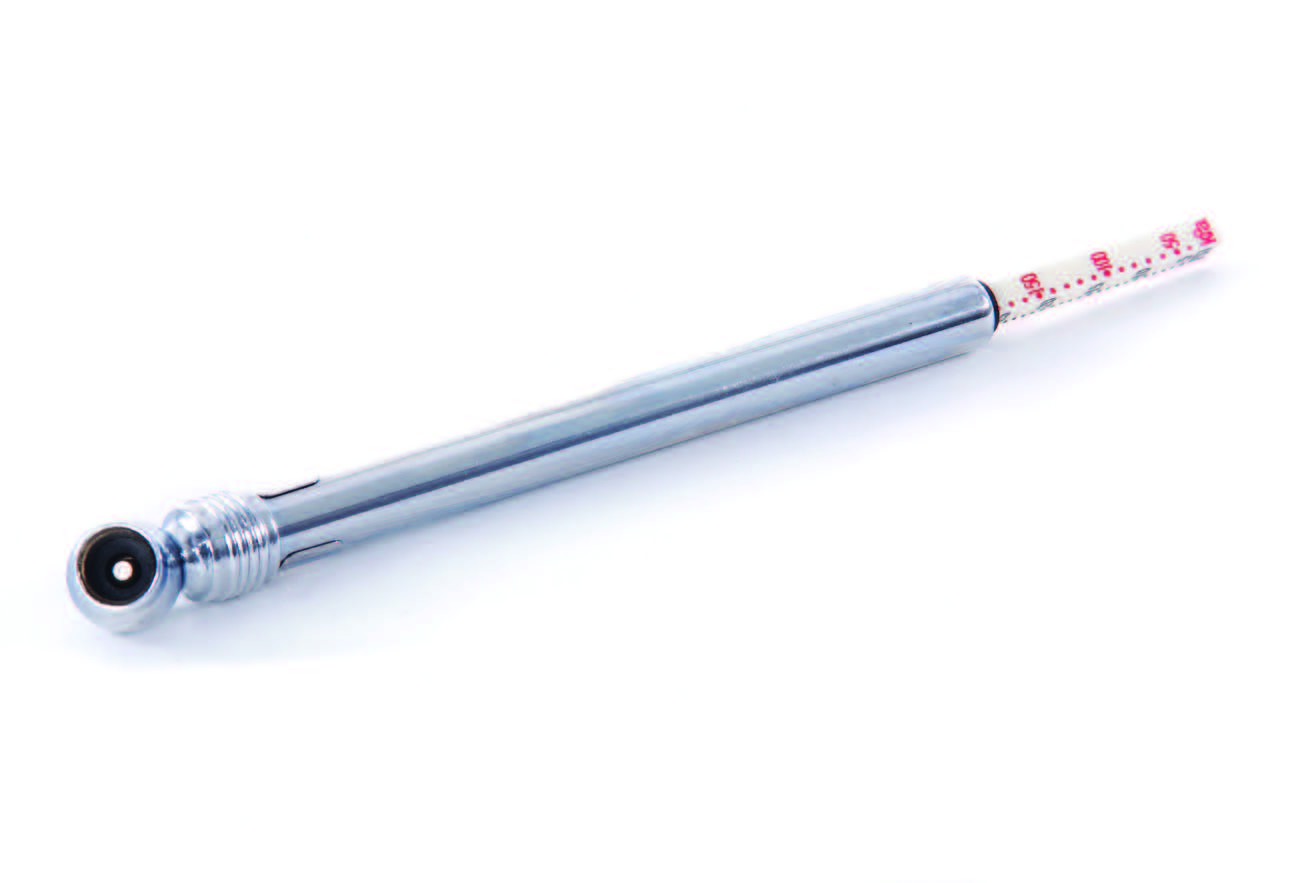
4. The Ideal Air Pressure
Inflating, and maintaining, tires to their recommended pressure ensures their durability and optimizes their lifespan. Typically, manufacturers recommend tire pressure to be somewhere between thirty to thirty-five PSI, but is often greater for large vehicles. That number will best handle the vehicle at it’s heaviest load and will provide the best fuel economy because the tread will not wear as quickly. Low tire pressure risks dangerous driving and increases fuel consumption.
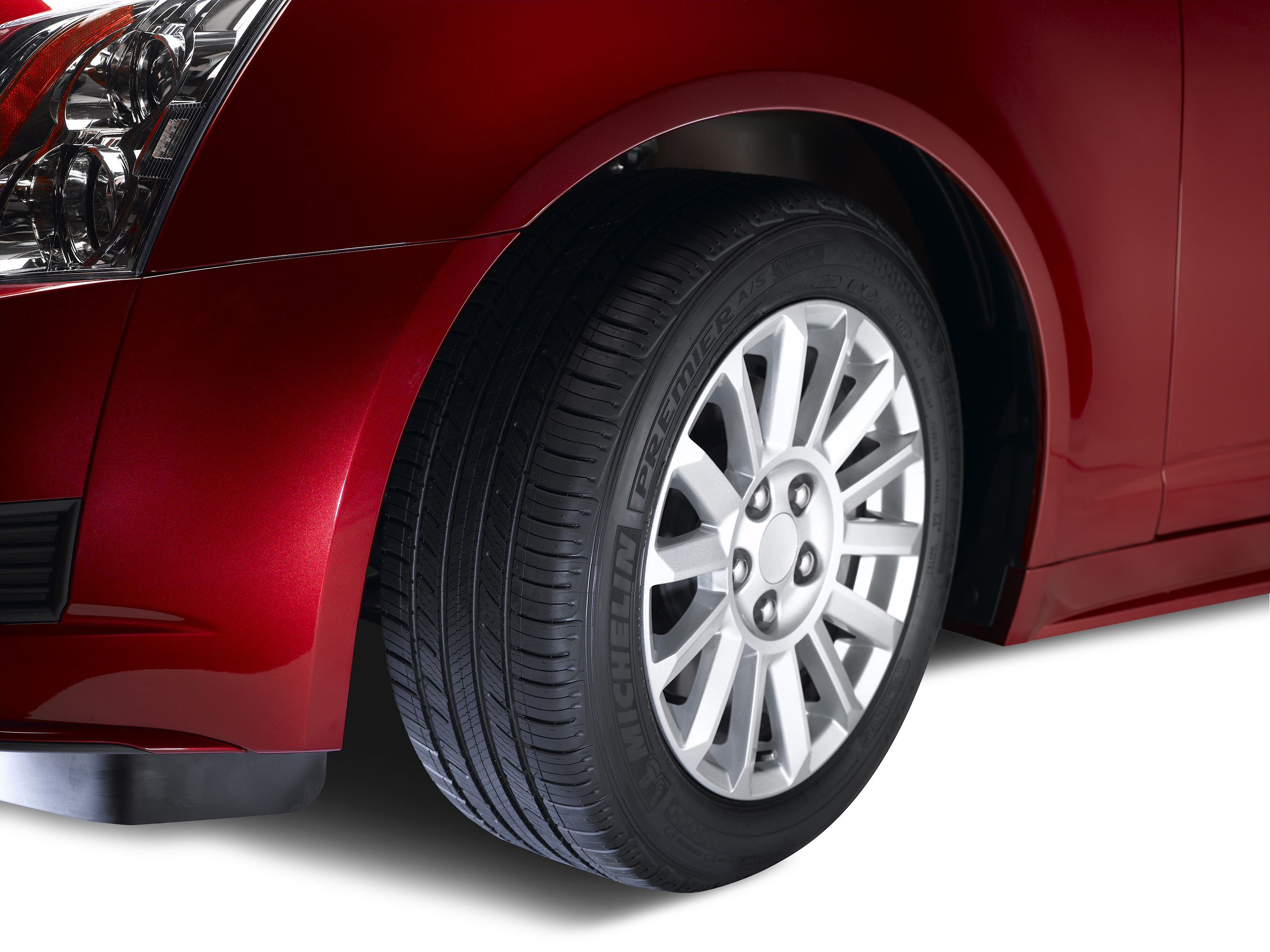
3. Maximum Air Pressure
The manufacturer will list your vehicle’s maximum air pressure. It is normally in bold print on the sidewall of the tire and reads like this: Max. Press. 35 PSI. The number indicated is the maximum amount of air you will want to add when the tire is cold. When tire pressure is at it’s max, there is risk of a blowout because the tire could wear more quickly. Handling corners may be easier, but braking could also be compromised.
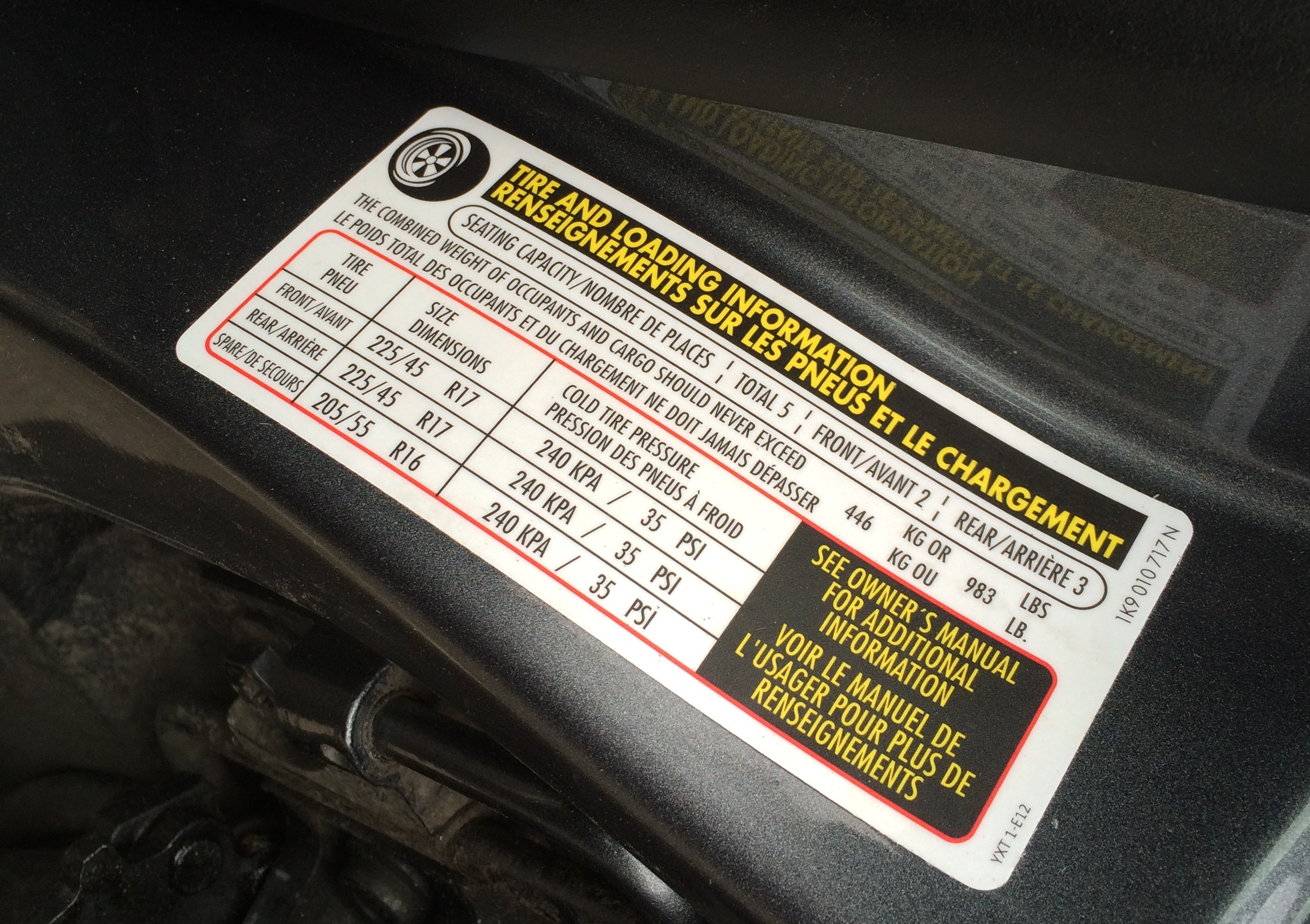
2. PSI
Tire pressure is measured in terms of PSI. PSI is the pounds per square inch. PSIG, (pounds per square inch gauge) on the other hand, is a unit of measure used to describe the pressure relative to atmospheric pressure. Since all objects on the planet are affected by pressure from the surrounding air, and at sea level, that pressure is 14.7 PSI, that number is used as a base for measuring PSIG. One PSI is calculated as:

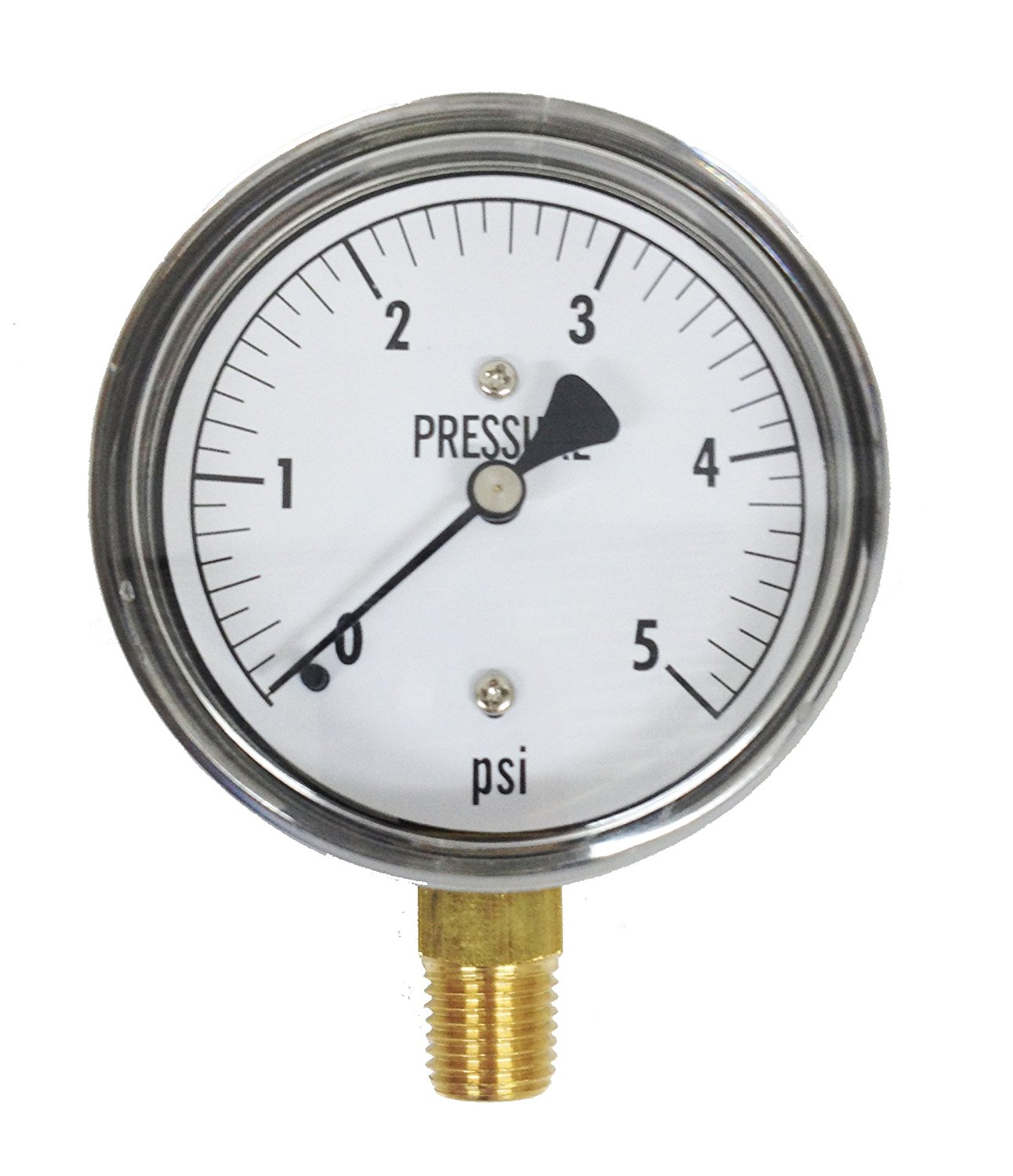
1. Check Your Owner’s Manual
The first thing to do when checking air pressure in tires is to review the vehicle’s manual. Each manufacturer will have details specific to different models and car sizes, so it is important to not over- or under-inflate tires. The manual, or a sticker on the inside the driver’s door, will have a recommendation for the standard cold tire inflation pressure; that is the air pressure of tires that have remained idle and are not warmed up from driving. That is the time you want to be adding air.

